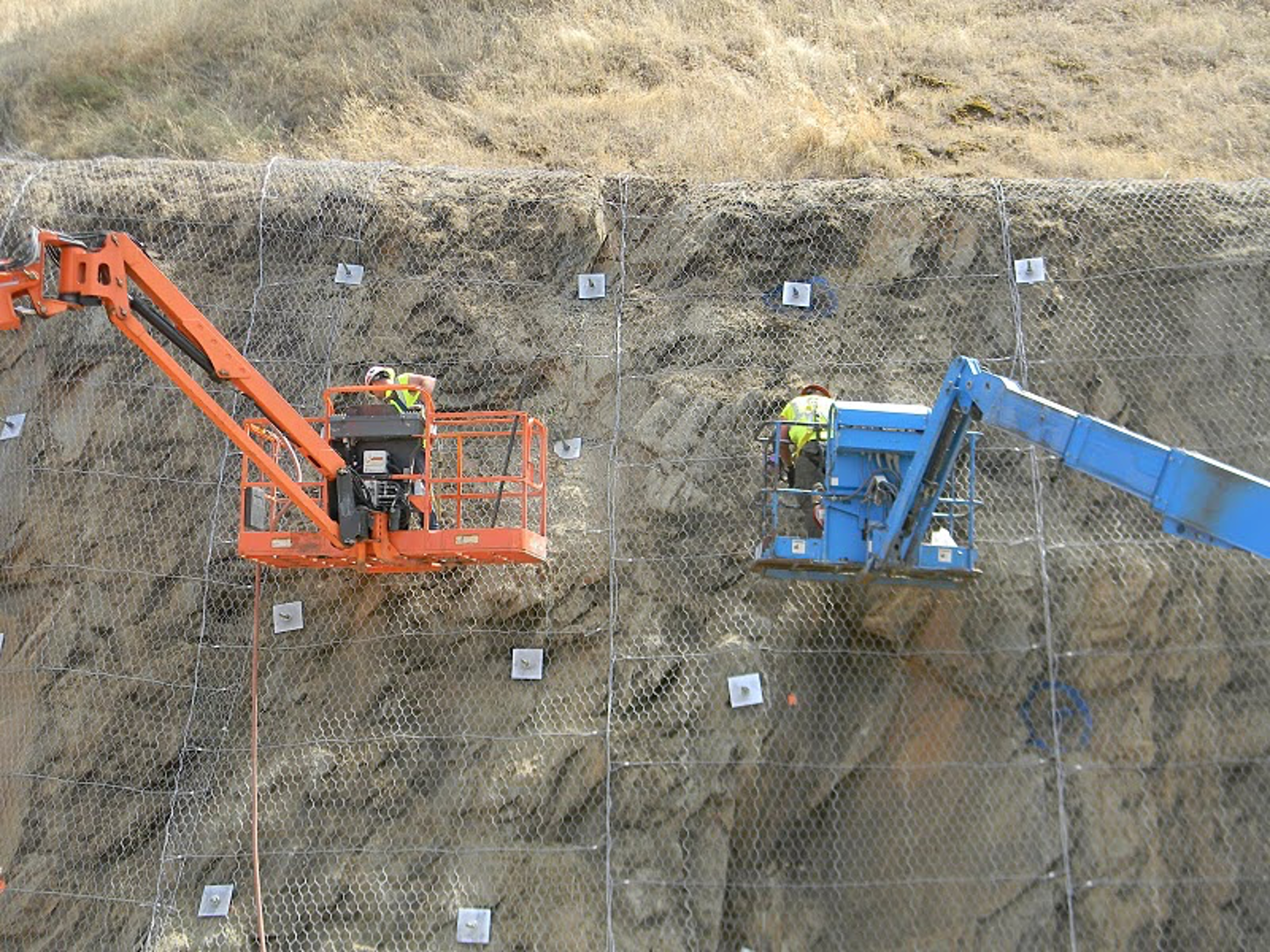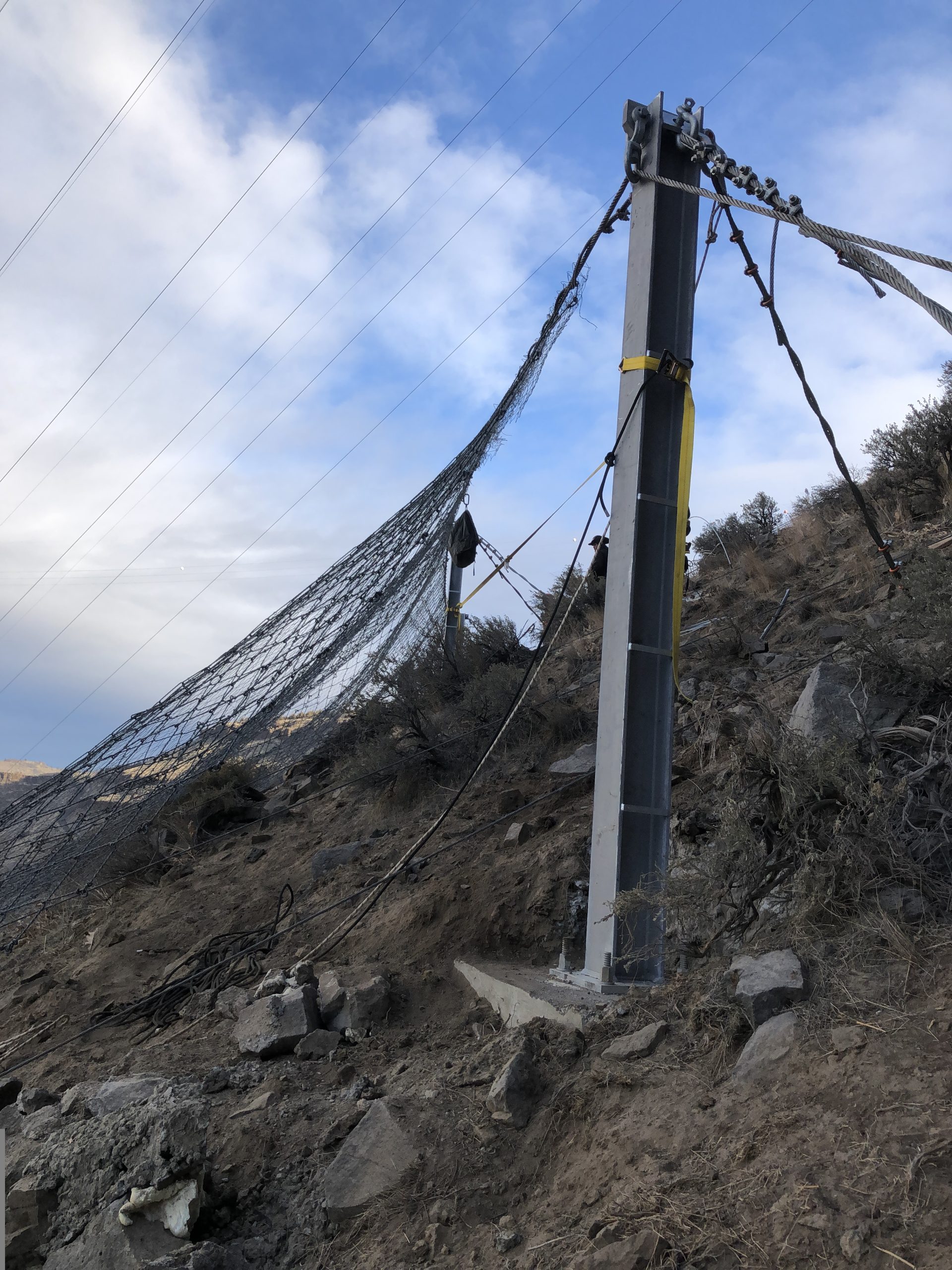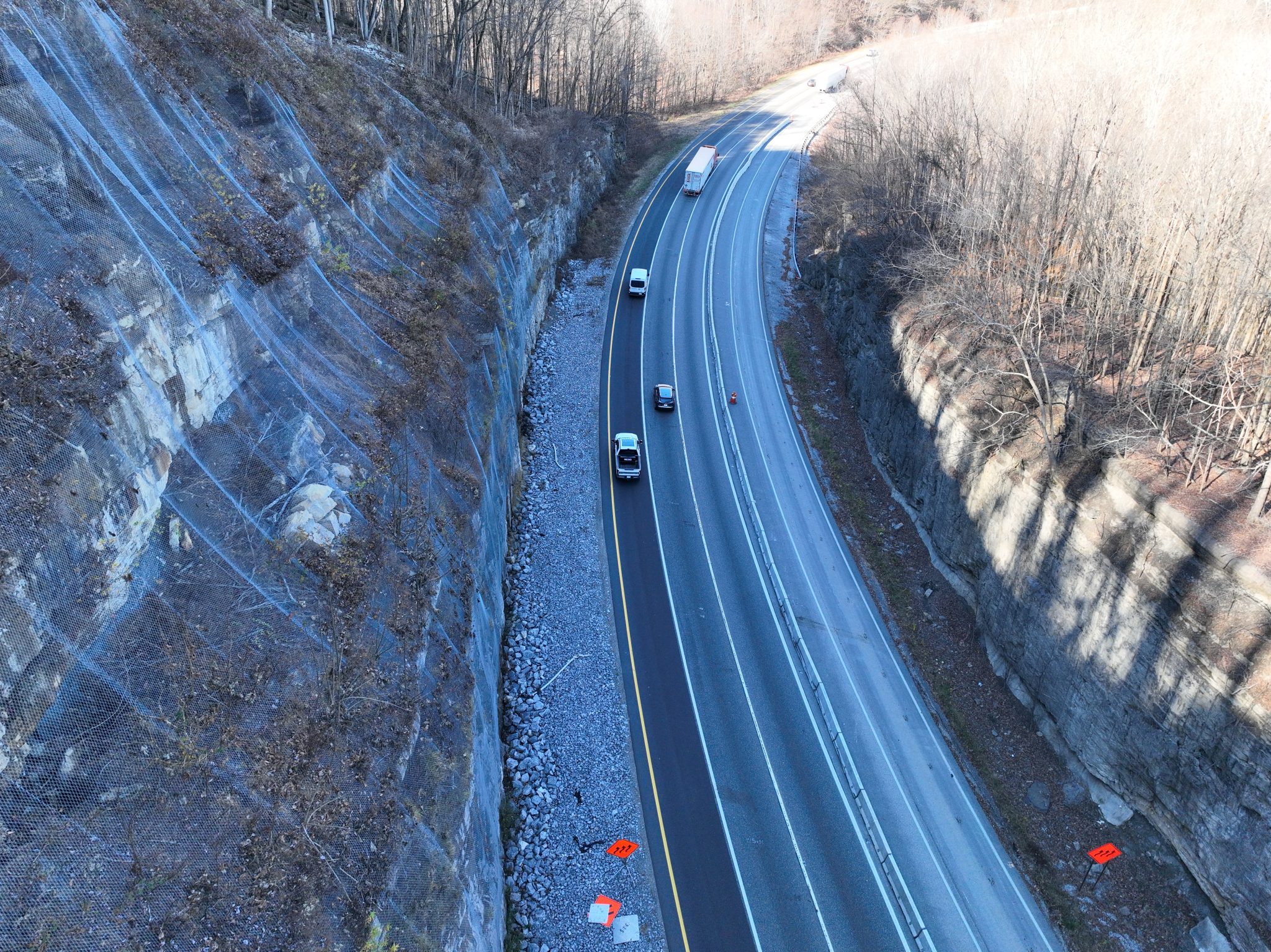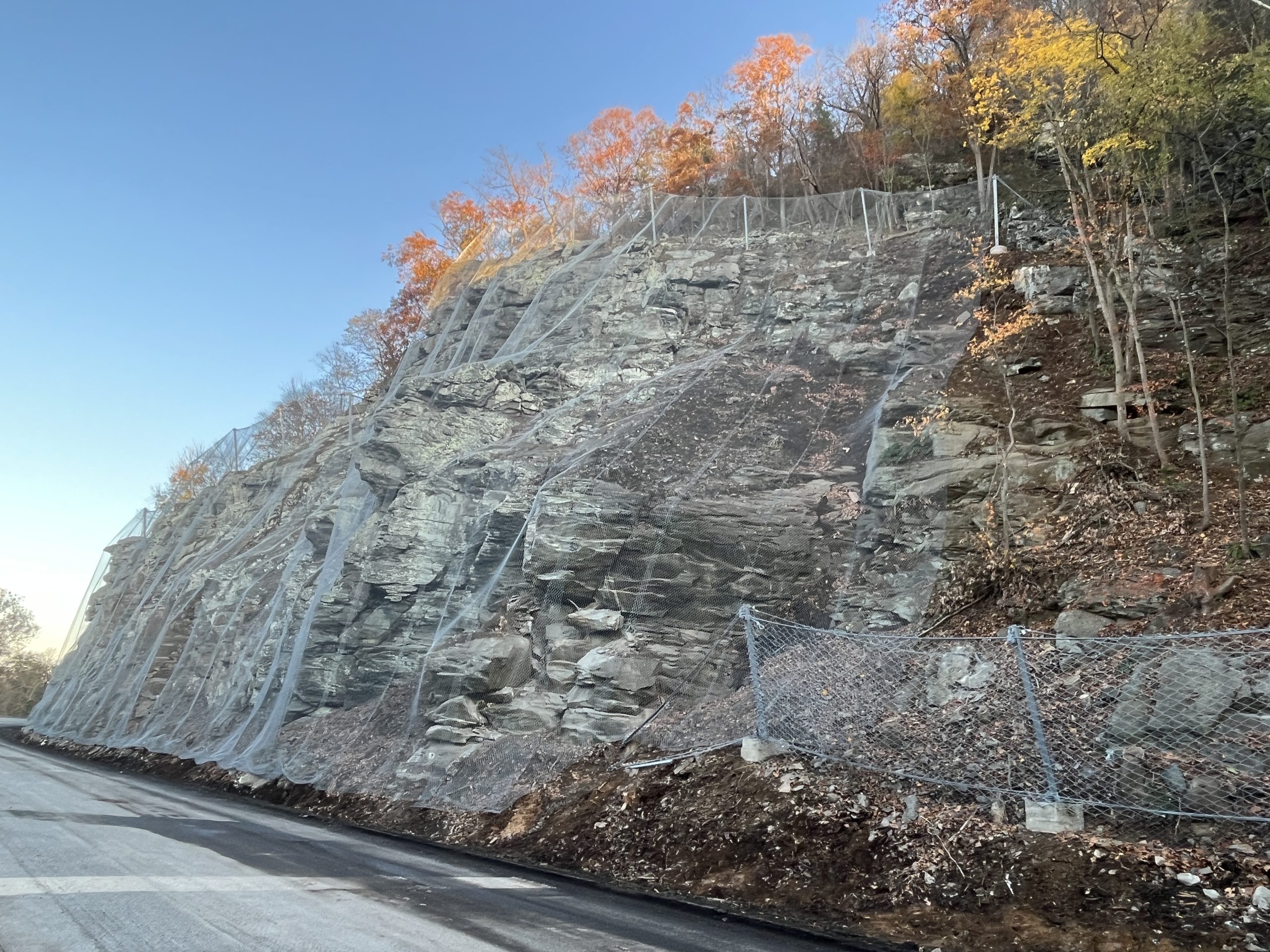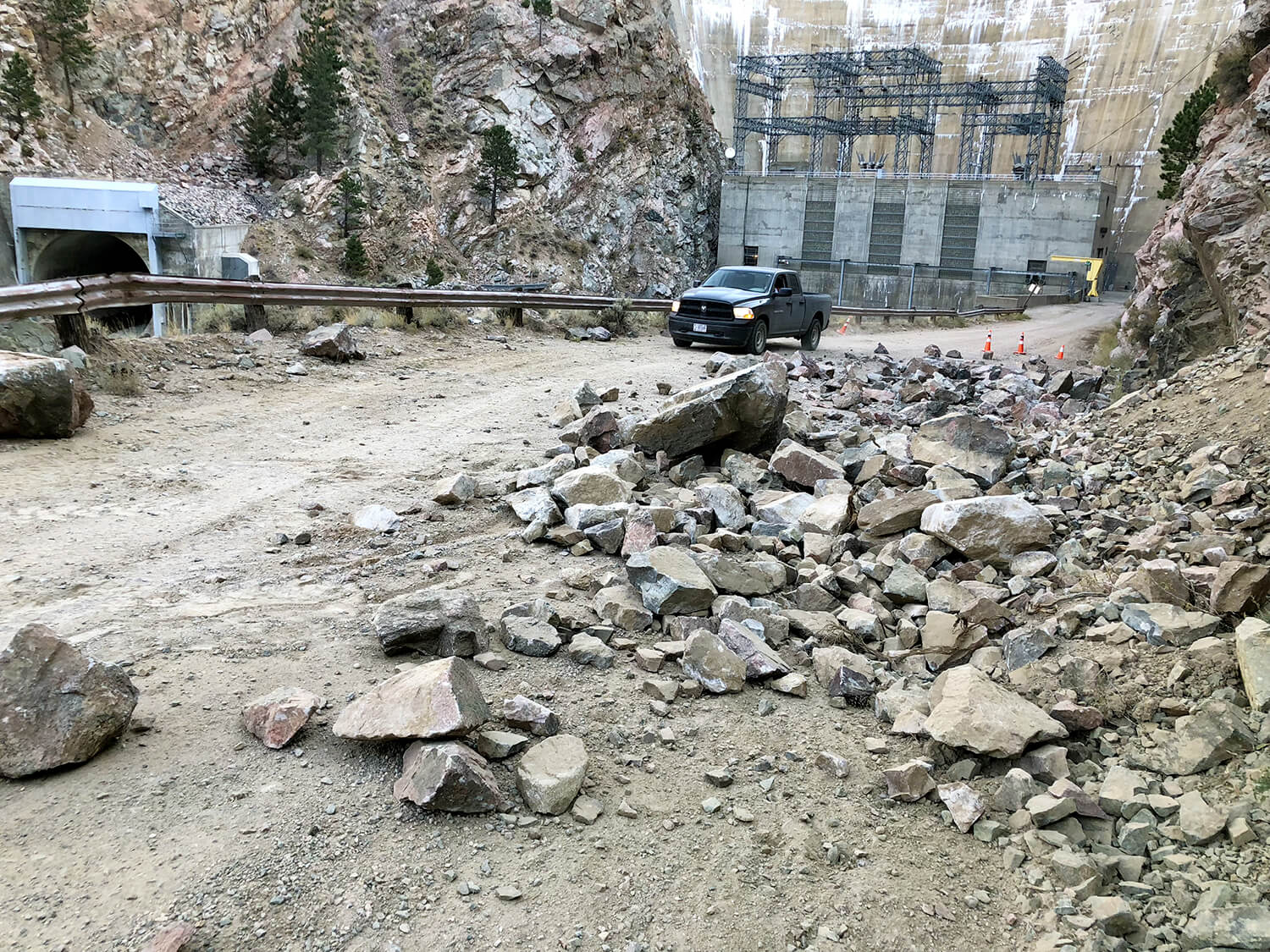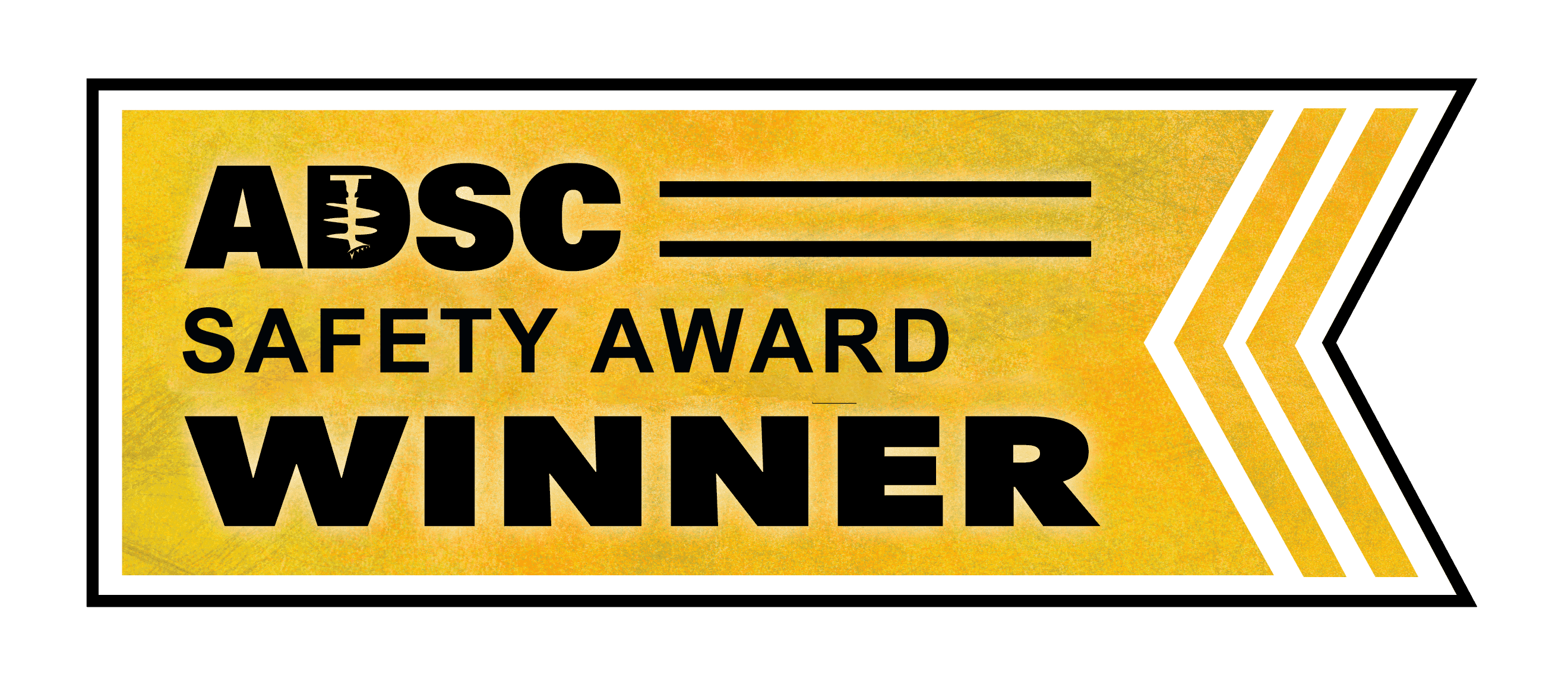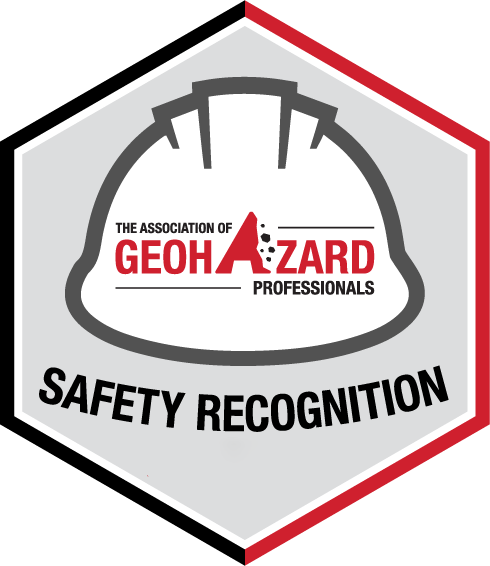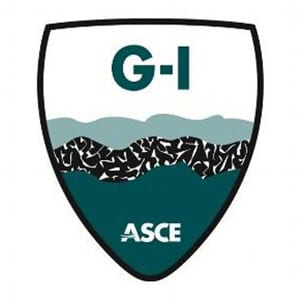What are Some Methods of Rockfall Control?
Rockfall Control is an important topic for anyone living in an area prone to landslides and rockfalls. This article discusses the benefits of rockfall control and how it can help protect lives, property, and the environment.
There are several effective methods of rockfall control, including the installation of rockfall protection fences, rockfall barriers, and draped mesh systems. These measures are designed to prevent rockfall hazards in areas with high risk of slope failure. Rockfall protection fences and barriers are typically made of steel, concrete, or other durable materials, and are designed to absorb impact and divert falling rocks away from construction sites, roads, and other vulnerable areas. Draped mesh systems, on the other hand, are designed to contain falling rocks and prevent them from reaching the ground. These systems consist of a flexible mesh that is draped over the slope surface and anchored to the ground

